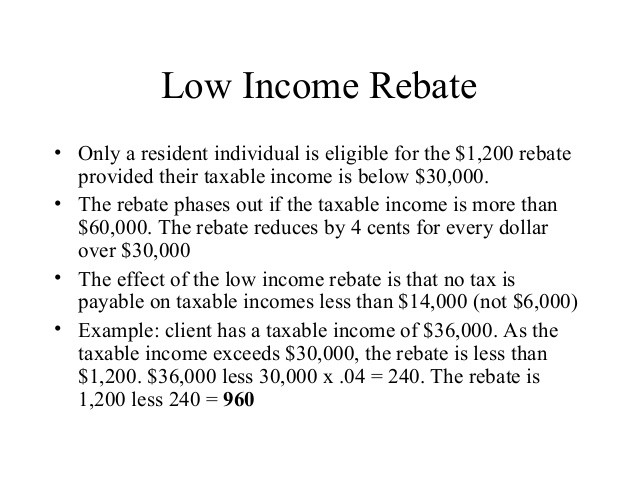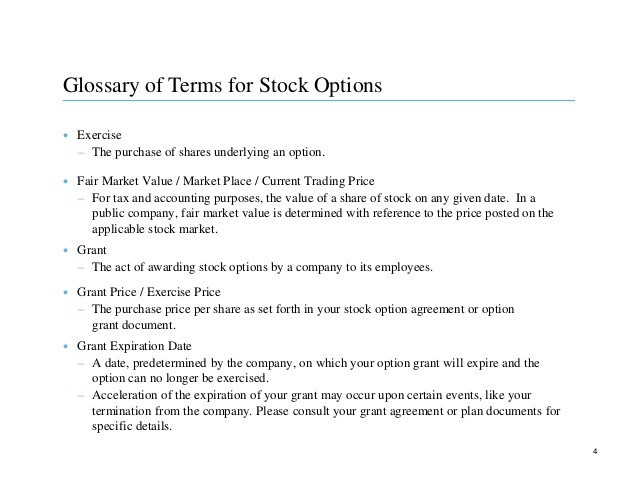Sale of Stock from Nonqualified Options
Post on: 13 Июнь, 2015 No Comment

Tax consequences when you sell stock obtained by exercising a nonqualified stock option.
When you exercise a nonqualified stock option you report ordinary compensation income. But when you sell the stock you report capital gain or loss. Your basis for the stock (used to determine how much gain or loss you report) includes the amount of income you reported for exercising the option, so you don’t get taxed twice on the same amount.
Reporting sales of stock
For many people, a sale of stock from a nonqualified option is the first experience in selling stock. If you aren’t familiar with the rules it may appear that the income is being taxed twice. Have no fear, that won’t happen.
When you sell stock through a broker you’ll receive a form reporting the results of that sale: Form 1099-B. This form does not tell how much gain or loss to report. It merely tells how much you received from the sale. It’s up to you to figure how much gain or loss you report from the sale.
To do this you need to know your basis for the stock. Normally your basis for stock is simply your cost for the stock (including brokerage commission, if any). But there’s a special rule for stock from nonqualified options.
Basis of your shares
When you exercise a nonqualified option, your basis is equal to the amount you pay for the shares plus the amount of income you report for exercising the option. In general this means your basis will be equal to the value of the stock on the date you exercised the option.
Example: You exercise a nonqualified option to purchase 1,000 shares of stock for $15 per share when the value of the stock is $40 per share. You report $25,000 of compensation income ($25 per share). Your basis for the shares is $40 per share: $15 you paid plus $25 you reported as income.
Your basis does not include any amount you pay to your employer for tax withholding.

Gain or loss
Subtract your basis from the amount you received in the sale of your shares to determine your gain or loss. You have a capital loss if the result is a negative number; otherwise you have a capital gain.
Holding period
It isn’t enough to know the amount of your gain or loss. You also need to know your holding period. That lets you know whether your gain or loss is short-term or long-term.
Your holding period for this stock begins when you exercise the option. You can’t include the time you held the option. If you sell the stock one year or less after you exercised the option your gain or loss is short-term. You have to wait a year and a day to get long-term gain.














